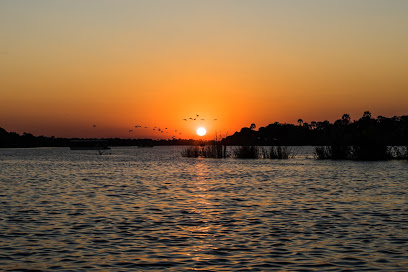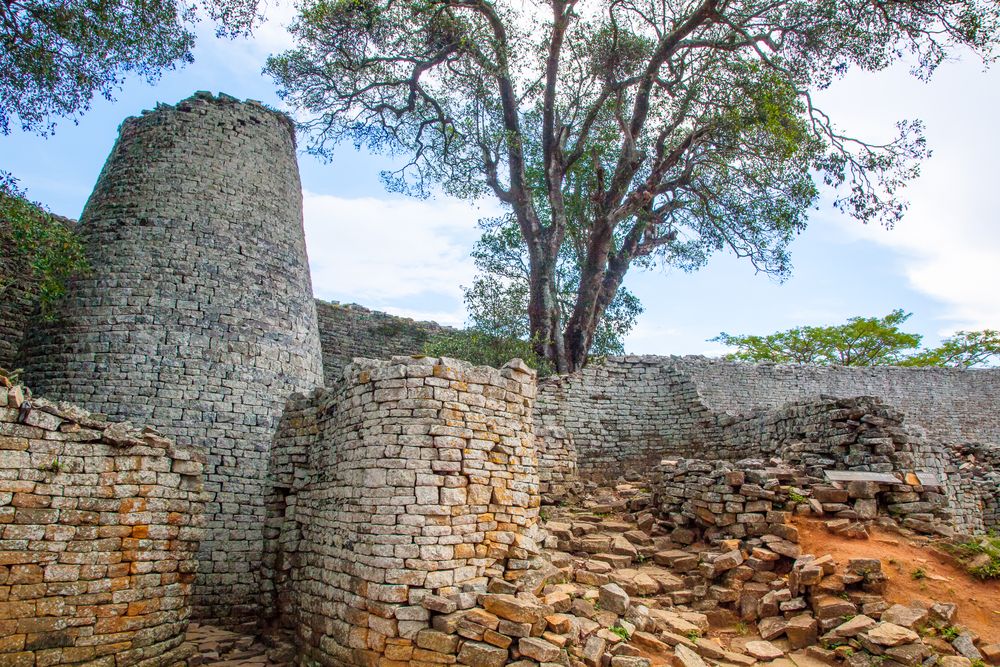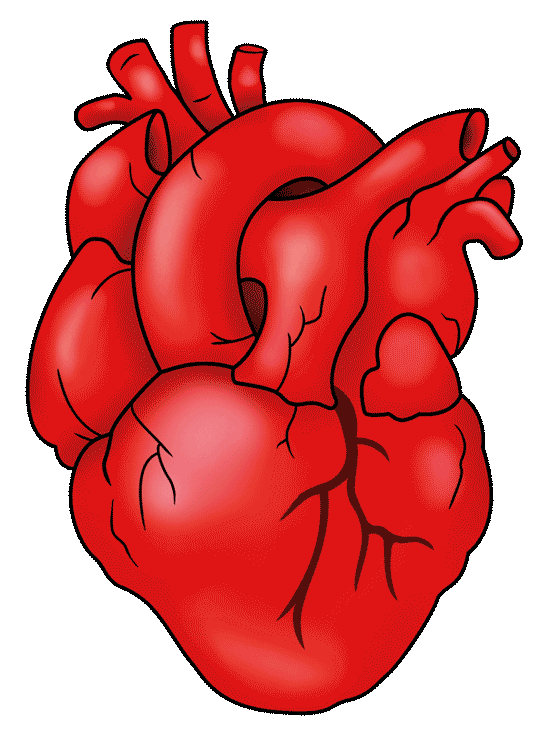The Moyo totem
There is only one Moyo Chirandu the world over and all Moyo derivatives anywhere under the sun trace back to the original Moyo Chirandu.
The major variants of Moyo Chirandu, which comprise the Moyo Chirandu Varozvi, Moyo Chirandu VaDuma, Moyo Chirandu Dhewa etc are mere descriptions that came about because of the various experiences of these various groupings of the totem.
The first three Bantu groups of people to come into Zimbabwe were as follows:
The very first Bantu group to cross the Zambezi River from the North East i.e., from Nubia and the Kingdom of Kemet, which comprises of areas around present-day Ethiopia/Sudan and Egypt were the Tonga, whose totemic symbol is the Lion of the Tau or Dau totem.
The Lion mutupo of the Tonga must not be confused with that of the people of Chirimuhanzu near Masvingo (referred to through their praise poem of Mhazi) or that of most people in Chivi near Masvingo, whose chidawo is Murambwi and other various Lion totem zvidawos, like Sipambi.
The Tonga Lion is completely different from the Mhazi Lion of Chirimuhanzu and or Murambwi Lion of Chivi and or Sipambi Lion, also of Chivi as the Lions of Chirimuhanzu, Chivi and other Lions as they depict totems have their own completely different historical origins, which are divorced from the origins of the Tonga Lion mutupo.
This group arrived around 1000 AD. Their totem was Shoko Matarira Chirongo or Mukanya, which simply means baboon/monkey essentially meaning their totem/mutupo is the baboon/ monkey.
This Shoko Mbire group and all its offshoots is the group responsible for the making of the vast Great Zimbabwe Empire, including the Great Zimbabwe City, which became the capital city of Zimbabwe at the time.
All these other different Lion zvidawos, like Mhazi, Murambwi, Sipambi etc are somehow related, but are not related to the Tonga Lion.
The Tonga crossed the Zambezi into Zimbabwe around 300 and 400 AD.
The next Bantu group to cross the Zambezi was the Dziva/Hungwe/Kalanga. They arrived around 800 AD also coming from the same North East where the Tonga originated.
This group’s mutupo comprised Fish and the fish eagle bird, the Hungwe, which is today’s national Zimbabwe bird found on various statutory documents and emblems in Zimbabwe. They are also associated with water (dziva) and the east where the sun comes from (kalanga).
The third and last Bantu group to cross the Zambezi into Zimbabwe also from North East was the Shoko Mbire group. Their Paramount Chief was called Mwene Mbire or simply Nembire.
It is from this third group, The Shoko Mbire group that the Moyo Chirandu people originate; all of them be they Moyo Chirandu Duma or Moyo Chirandu Rozvi.
The terms Duma, Rozvi, Dhewa etc. are believed to be descriptions of events, which resulted in the same Moyo Chirandu people being described as Rozvi and or Duma or Dhewa and or any other variants of the Moyo Chirandu.





Moyo Chirandu
Mazviita Moyo Chirandu
Gono remombe Mushayachirashwa
Mukaka tinonwa,
Mafuta tichizora
Nyama tinodya
Ganda tichikakisa ngoma
Ndove tinodzurisa mudzimba
Muswe tinopumhisa
Nyanga tichiita gonan’ombe
Maita Gonyohori Matake
Vakatakira nedzavamwe paruware
Gono raMutindi naGochedza
Vari Maronga neUshava
Vari Muduma neChiduma waVaduma usina pakamina
Pakaminama tinoorara
Vamarera nherera vanorera nedzevamwe
Ndikafira pano wani Kudai kuenda ndichidzoka zvinoita huyo
Chinondiona sechinameso Navaripowo namangwana musanyara Vakadzi vachiza vomene.